Introduction
In the vast realm of architectural designs, few materials have managed to capture the imagination of artisans and builders as consistently as limestone. For centuries, this sedimentary rock, rich in historical relevance and natural aesthetics, has been the cornerstone of many iconic structures. From the pyramids of Egypt to the façades of grand European cathedrals, limestone's allure is undeniably timeless. It offers a harmony of durability with elegance, a combination that remains unparalleled in the world of architecture.
But beyond the magnificent buildings and monuments, limestone has found a particular niche in the serene setting of gardens and outdoor spaces. In this context, one of its most captivating applications is as a water feature. The subtle textures of limestone, combined with the gentle murmur of flowing water, promise an oasis of tranquility. As one might expect, the journey of crafting such a masterpiece is as fascinating as the finished product.
Setting the stage for this exploration, we embark on a captivating odyssey – tracing the life cycle of a limestone water feature. From its origins deep within the earth, in the heart of quarries, to its final resting place amid lush gardens and patios, the voyage of limestone is a tale of nature, craftsmanship, and innovation. As we delve deeper, we'll uncover the processes, techniques, and artistry that transform a raw piece of stone into a harmonious blend of sound, texture, and motion.
Prepare to be immersed in a story that intertwines geology, history, and design, celebrating the intricate dance between nature's offerings and human ingenuity.

The Origin: Quarrying Limestone
Limestone, as the name might suggest, has an inherent relationship with the earth and time itself. Before it graces gardens as elegant water features, its story begins deep within the earth, often beneath layers of other rocks, flora, and fauna. This chapter traces the beginnings of this sedimentary rock and the journey it undertakes before it is sculpted by human hands.
A Historical Perspective
The practice of limestone quarrying can be traced back to ancient civilizations. Whether it was the Egyptians using it for the construction of their majestic pyramids or the Greeks and Romans employing it in their monumental architectures, limestone has been an integral part of human civilization's architectural journey. Over the millennia, quarrying methods evolved, from rudimentary chiseling by hand to the sophisticated extraction techniques of today.
Modern Methods of Extraction
Today, limestone quarrying is a blend of tradition and technology. Advanced machinery, precise instruments, and expert masons work in tandem to extract limestone with minimal wastage and maximum efficiency. Drilling, channeling, and wedging are common techniques used. Explosives, too, are sometimes used, but with meticulous planning to ensure safety and optimal extraction. After extraction, the stone is often cut into manageable blocks, ready for further processing.
Environmental Stewardship in Quarrying
The extraction of any natural resource brings with it a set of environmental concerns, and limestone quarrying is no exception. However, modern-day quarries are much more environmentally conscious than their predecessors. Stringent regulations ensure that the environmental footprint is minimized. This includes restoring the landscape post-extraction, known as reclamation, where flora and fauna are reintroduced, ensuring the area returns to its natural state or is repurposed for beneficial use. Moreover, water usage is optimized, and dust and emissions are controlled, all in an effort to maintain a balance between man's need for resources and the well-being of the environment.
In essence, the journey of limestone, from its raw, rugged form in quarries to refined architectural marvels, is a testament to human endeavor and respect for nature's bounty. It's a process that marries the age-old appreciation for this stone with contemporary concerns for sustainability and artistry.
Processing and Refinement
Limestone, once extracted, begins another fascinating journey of transformation. From being a rugged block of sedimentary rock, it metamorphoses into intricate water features and architectural elements that grace many a garden and estate. This section unravels the intriguing processes behind this evolution, celebrating both the art and science inherent in this craft.
From Raw to Refined: The Initial Steps
After extraction, the limestone blocks are first examined for quality and integrity. This is crucial as the presence of any unforeseen flaws can compromise the end product. Next, these blocks are typically cut into slabs using diamond-tipped saws, ensuring precision and efficiency. The thickness and size of these slabs are often determined based on their intended end use.
The Art of Carving Limestone
Shaping and sculpting limestone is where the true craftsmanship shines. Artisans, armed with a blend of traditional tools and modern equipment, bring designs to life. Whether it's intricate detailing for a baroque-inspired fountain or the sleek edges of a modern minimalist basin, the carver's chisel and mallet breathe life into the stone. This is a delicate process, balancing the need for precision with the understanding of the stone's natural properties and potential fragilities.
Fortifying Limestone: Treatments for Longevity
Limestone, while durable, is also porous. To enhance its resistance against the elements, especially when intended for outdoor water features, it undergoes specific treatments. Sealants are often applied to make it more water-resistant and to protect it from potential staining. Anti-weathering treatments can also be applied, ensuring that the limestone retains its beauty and integrity through seasons of rain, sun, and snow. Moreover, certain treatments can enhance resistance to mold and algae, especially crucial for water features where stagnant water might pose challenges.
In conclusion, the journey from a raw chunk of limestone to a refined piece of artistry is a symphony of human ingenuity, skill, and technology. It's a testament to our enduring relationship with natural materials, respecting their innate beauty while enhancing their properties for our use. Through careful processing and artistic refinement, limestone water features stand as a tribute to both nature's beauty and human craftsmanship.
Design Aspects: Envisioning Water Features
Water features are often the crowning jewel of gardens, patios, and landscapes. Their creation is an intricate ballet of artistic vision and meticulous craftsmanship. In the realm of limestone water features, the dance becomes even more nuanced, taking cues from the natural beauty of the stone. This section delves deep into the collaborative design process, the inspiration drawn from limestone's inherent textures, and the personal touches that transform a design from generic to genuinely unique.
The Harmony of Artisans and Landscape Designers
At the heart of every limestone water feature lies a collaboration between artisans and landscape designers. Landscape designers, with their understanding of space, ecology, and aesthetics, draft the primary vision. They consider the layout, the surrounding flora, the intended mood, and the functional aspects of the feature. Artisans, on the other hand, bring expertise in stone – understanding its nuances, potential, and limitations. Together, they fuse functionality with artistry, ensuring the water feature not only looks captivating but also complements its environment and works seamlessly.
Drawing Inspiration from Limestone’s Natural Beauty
Limestone is no ordinary stone; its unique textures, color variations, and natural patterns are a treasure trove of inspiration. The gentle veining, fossil imprints, and subtle gradient shifts often become focal points in water feature designs. The play of water over these natural patterns can create mesmerizing visual effects, enhancing the sensory experience of the space. Landscape designers and artisans often choose to keep the stone's natural texture exposed, allowing nature's artwork to shine through, accentuated by the movement and reflection of water.
Tailoring to Suit Preferences and Places
Customization is at the core of creating truly unique limestone water features. While the stone's inherent beauty provides a solid starting point, the final design is often shaped by various factors. The size and layout of the location, be it a sprawling garden or a compact patio, play a significant role. Client preferences, too, are paramount. Some might lean towards grand, multi-tiered fountains, while others prefer subtle, minimalist basins. Personal touches can range from custom engravings to specific sculpture integrations, ensuring the water feature resonates with the owner's personality and vision.
In essence, designing limestone water features is akin to painting on nature’s own canvas. The stone provides the backdrop and texture, while human creativity and vision bring the piece to life. The result? A blend of natural beauty and bespoke artistry that provides solace, beauty, and a touch of luxury to any space.
Integration with Water Systems
In the design and creation of limestone water features, while the stone provides the aesthetic and structural foundation, it's the integrated water systems that breathe life into the feature. This symbiotic relationship between stone and water demands a meticulous approach, ensuring the system not only functions optimally but also enhances the beauty of the limestone. Dive into the intricacies of integrating water systems with limestone structures, from pump selection to water flow design and addressing potential challenges.
Choosing the Right Water Pump and Filtration
At the heart of any water feature is the pump, a vital component responsible for circulating water and creating the desired flow. When integrating with limestone structures, the pump's capacity must be appropriately gauged. It should be powerful enough to handle the feature's size but subtle enough to maintain a gentle flow, preserving the limestone's integrity. Additionally, filtration is crucial. Since limestone is porous, a robust filtration system helps in preventing debris from settling, which could otherwise lead to blockages or uneven water distribution.
Harmonizing Water Flow with Limestone Design
Limestone, with its unique texture and structure, offers numerous possibilities for water movement. Whether it's a gentle cascade down a textured surface, a bold spout from a carved lion's mouth, or a serene overflow from a basin, the water's trajectory should complement the stone's design. The goal is to highlight the limestone's natural beauty, allowing the water to dance over its surfaces, creating shimmering reflections and soothing sounds. This requires a harmonious blend of engineering and artistry, ensuring the flow feels both natural and deliberate.
Addressing Challenges: Water Stains and pH Balance
Limestone, while durable and captivating, presents certain challenges when constantly exposed to water. One of the primary concerns is water staining. Hard water, rich in minerals, can leave behind white residues or stains on the stone's surface. To combat this, it's essential to regularly treat and clean the water feature, possibly integrating water softeners.
Additionally, the pH balance of the water plays a pivotal role. Limestone, being composed largely of calcium carbonate, can react with highly acidic or alkaline water. This reaction might lead to erosion or unwanted surface changes. Regularly monitoring and adjusting the water's pH, ensuring it remains neutral, will help in prolonging the life and beauty of the limestone structure.
In summation, while limestone serves as the visual and structural keystone of a water feature, it's the integrated water system that dictates its performance, longevity, and overall appeal. Striking the right balance, addressing challenges proactively, and ensuring harmony between stone and water are essential for creating a water feature that stands the test of time.
Maintenance and Care
Limestone water features, with their intricate designs and natural appeal, make a stunning addition to gardens and architectural spaces. However, like all valuable investments, they require regular maintenance to retain their beauty and structural integrity. Given limestone's unique properties, certain specific care routines are crucial for these water features. Let’s explore the essential steps and measures to ensure these architectural marvels stand the test of time.
Cleaning and Sealing Limestone Water Features
Limestone, with its porous nature, can accumulate dirt and impurities over time, especially when exposed to outdoor elements. Therefore, periodic cleaning is essential.
- Routine Cleaning: Gentle brushing using soft-bristled brushes helps remove surface dirt. For deeper cleaning, a mixture of mild detergent and water can be used, ensuring thorough rinsing afterward to remove any soap residues.
- Sealing: Limestone is susceptible to staining, particularly if situated under trees or in areas with frequent spills. Using a high-quality limestone sealer can provide a protective layer, preventing stains and making cleaning easier. Re-sealing every couple of years is recommended for best results.
Addressing Potential Challenges: Algae Growth and Lime Leaching
- Algae Growth: Being a natural stone, limestone can provide a conducive environment for algae and moss growth, especially in shaded or damp areas. Algaecides or natural solutions like white vinegar can be used to treat the affected areas. Ensuring proper water circulation and sunlight exposure can also prevent algae proliferation.
- Lime Leaching: Limestone contains calcium carbonate, which might leach into the water, raising its pH levels. If not monitored, this can lead to lime deposits on the water feature's surface. Regularly checking the water's pH and using appropriate treatments can help maintain a balance, preventing lime accumulation.
Ensuring Structural Integrity Over Time
- Weathering Checks: Regular inspections, especially after extreme weather conditions like storms or frosts, are vital. Look for cracks, chips, or any signs of erosion.
- Water Flow Monitoring: Over time, the water flow can erode certain parts of the feature. Ensuring that water outlets and inlets remain clear and free from blockages can prevent uneven erosion.
- Foundation Checks: The base upon which the water feature rests should be inspected for any shifts or sinking, which could destabilize the structure. Reinforcements or adjustments might be necessary over time.
In essence, while limestone water features bring a touch of natural elegance, they do demand consistent care. With regular maintenance, these masterpieces not only retain their visual appeal but also their functionality and durability, offering years of serene beauty and soothing sounds.
Environmental Benefits
Limestone water features, beyond their aesthetic charm, offer a myriad of ecological advantages. These features, seamlessly blending with natural surroundings, play a vital role in enhancing environmental well-being. Let's explore the green facets of limestone and the broader ecological contribution of water features crafted from this timeless stone.
Limestone's Natural Cooling Effect and Micro-climate Creation
Limestone possesses an inherent quality to remain cool even under direct sunlight. This coolness is due to the stone's ability to reflect sunlight rather than absorb it.
- Micro-climate Generation: When water flows over the cool surface of limestone in water features, it aids in the creation of a micro-climate. This localized cooler environment can be especially beneficial in urban areas, acting as a natural air conditioner and offering respite from the heat.
- Temperature Regulation: The cooling properties of limestone, when combined with the evaporative cooling effect of water, help in moderating the immediate surroundings. This regulation can lead to energy savings as there's reduced dependence on artificial cooling systems.
Conservation of Water through Circulation Systems
Water features, contrary to popular belief, can be designed to be water-efficient.
- Recirculation Systems: Modern limestone water features often incorporate recirculating systems. Instead of continuously drawing fresh water, these features recycle and reuse the same water, reducing overall consumption.
- Reduction in Evaporation: The strategic placement of limestone water features, such as in shaded areas or areas shielded from wind, can minimize water loss through evaporation.
The Role of Limestone Features in Promoting Local Ecosystems
Limestone water features can serve as mini-ecosystems within a garden or landscape.
- Biodiversity Hub: The water feature can attract various species, from birds who come to drink and bathe, to amphibians and insects that might take up residence. This promotes local biodiversity and aids in maintaining ecological balance.
- Natural Filtration: Limestone, being porous, can act as a natural filter. As water flows over the limestone surface, it can trap impurities, contributing to clearer and cleaner water. This cleaner water further supports aquatic life.
- Carbon Sequestration: Limestone naturally captures and stores carbon dioxide from the atmosphere, a process known as carbon sequestration. This not only helps in reducing the greenhouse effect but also improves the overall air quality.
In conclusion, limestone water features are more than just ornamental additions. They are environmentally conscious choices that support sustainability, promote biodiversity, and contribute positively to the local ecosystem. Making them an excellent choice for individuals and communities aiming for a balance of beauty and eco-responsibility.
Conclusion
As we come to the close of our exploration, we're reminded of the profound journey that limestone embarks upon; a journey that starts deep within Earth's embrace and culminates in the heart of our gardens, patios, and landscapes.
Nature's Marvel to Man's Masterpiece
Limestone, a sedimentary marvel, is birthed over millennia from the depths of our planet. It's a testament to nature's craftsmanship, bearing stories of ancient seas, buried shells, and the passage of time. But its story doesn't end when it's extracted; rather, a new chapter begins. Guided by human hands, this natural wonder transforms into a testament of human artistry - a magnificent water feature that becomes the focal point of serene gardens and bustling patios.
The Symphony of Art, Science, and Nature
The creation of a limestone water feature is not just an act of carving and construction. It's a harmonious interplay of art, science, and nature.
- Art: Sculptors and designers, with their creative visions, shape the stone into intricate designs, ensuring each piece is both functional and aesthetically captivating. The swirls, grooves, and patterns etched into the stone reflect a timeless beauty, a tribute to both the material and the artisan.
- Science: Ensuring that the water flows gracefully, that the stone stands resilient against the elements, and that the entire structure works in harmony requires an understanding of geology, hydrodynamics, and engineering. This scientific precision ensures longevity and functionality.
- Nature: Even after installation, nature continues to play its part. The cooling effect of limestone, the gentle sound of cascading water, and the micro-ecosystem that emerges around the feature, all echo nature’s persistent presence. Birds, insects, and plants converge, drawn to this oasis.
In essence, limestone water features represent a profound collaboration between the forces of nature and human ingenuity. They are symbols of beauty, resilience, and harmony. As we place them in our gardens, we don't just add a decorative element; we introduce a piece of Earth's history, a work of art, and a beacon of nature's enduring charm.
Frequently Asked Questions
What is the significance of using limestone for water features?
Limestone has been revered for its timeless appeal in architectural designs. Aside from its aesthetic allure, the sedimentary rock boasts properties that make it durable and ideal for water features, effortlessly blending art, science, and nature.
How is limestone extracted for these water features?
Limestone is quarried from the Earth, a practice that has historical roots. Modern methods ensure efficient extraction, with environmental considerations playing a pivotal role to ensure sustainability.
How do artisans shape and refine raw limestone into intricate water features?
After quarrying, the limestone undergoes a transformation process where it's shaped and sculpted. This is a collaborative effort between skilled artisans and landscape designers who take inspiration from the natural textures of limestone and cater to specific client preferences.
What considerations are there when integrating limestone water features with water systems?
Choosing the right water pump and filtration system is crucial. The design ensures that the water flow complements the limestone structure, while also addressing challenges such as water stains and maintaining an optimal pH balance.
How do limestone water features benefit the environment?
Limestone has a natural cooling effect, creating a soothing micro-climate. Water features made of limestone also play a role in conserving water through efficient circulation systems and can promote local ecosystems by attracting diverse flora and fauna.
Related Articles
Why Limestone Makes for Perfect Water Features
Concrete Water Fountains: A Comprehensive Guide
Guide on Tiered Water Fountains




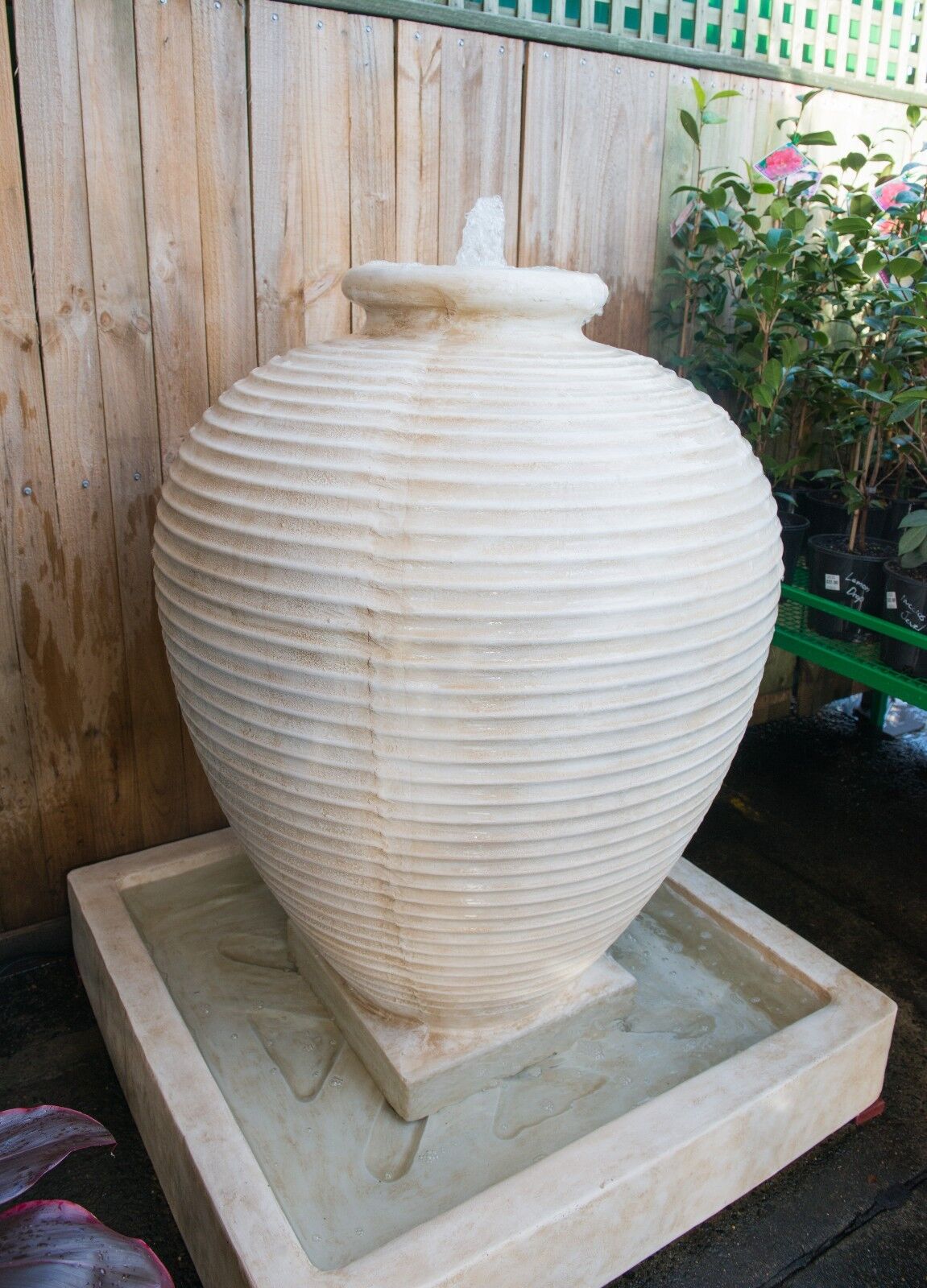
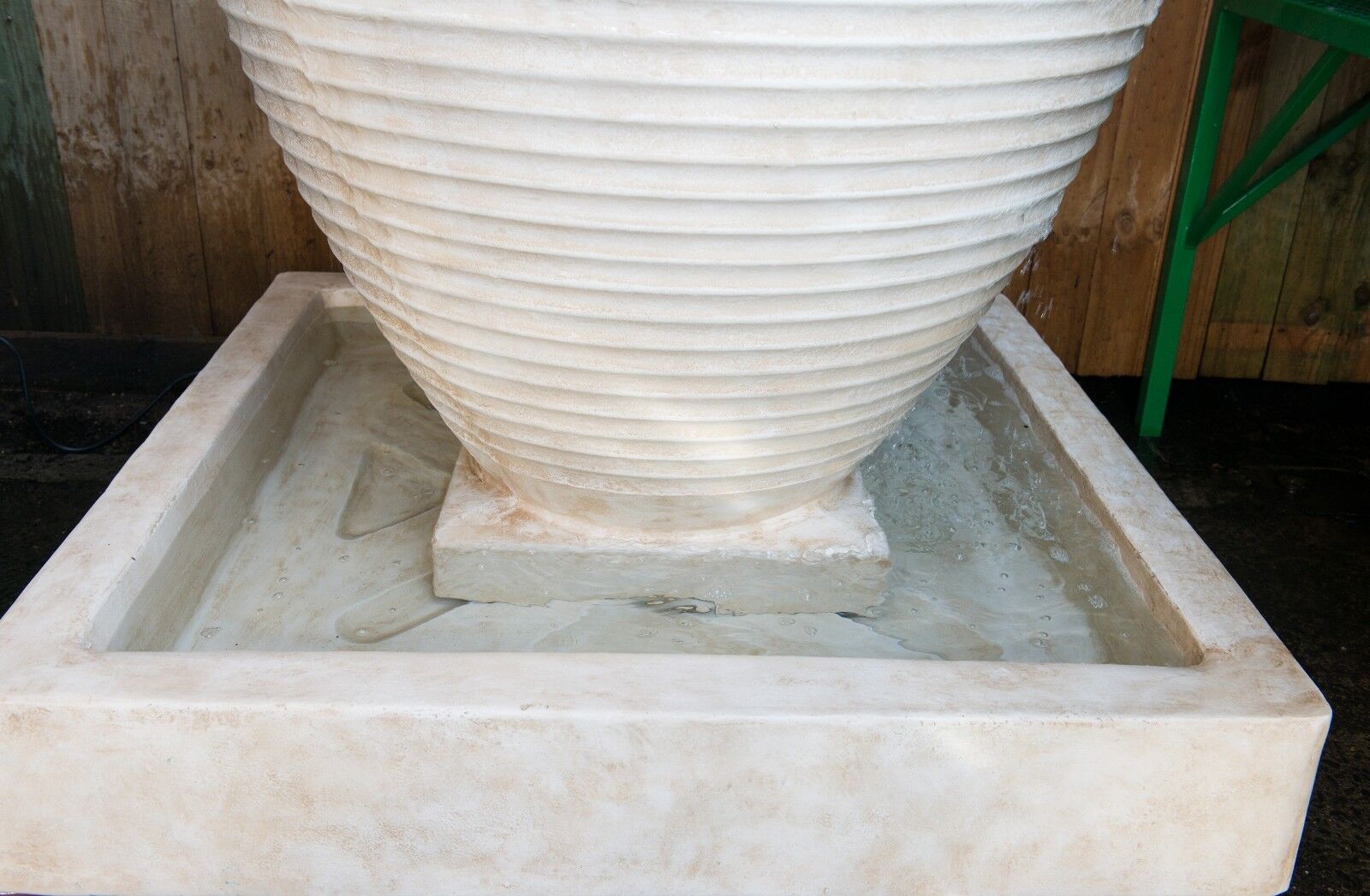
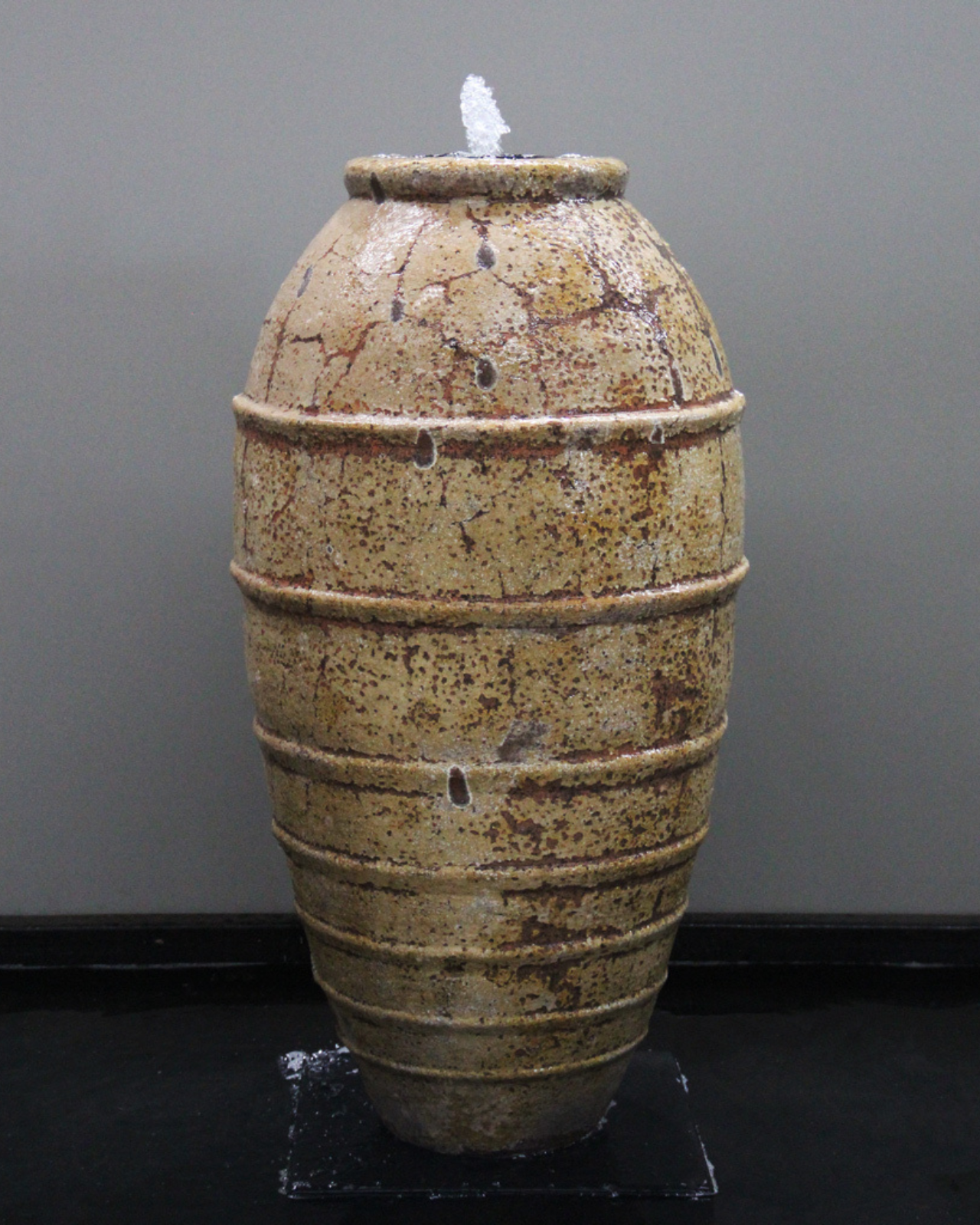

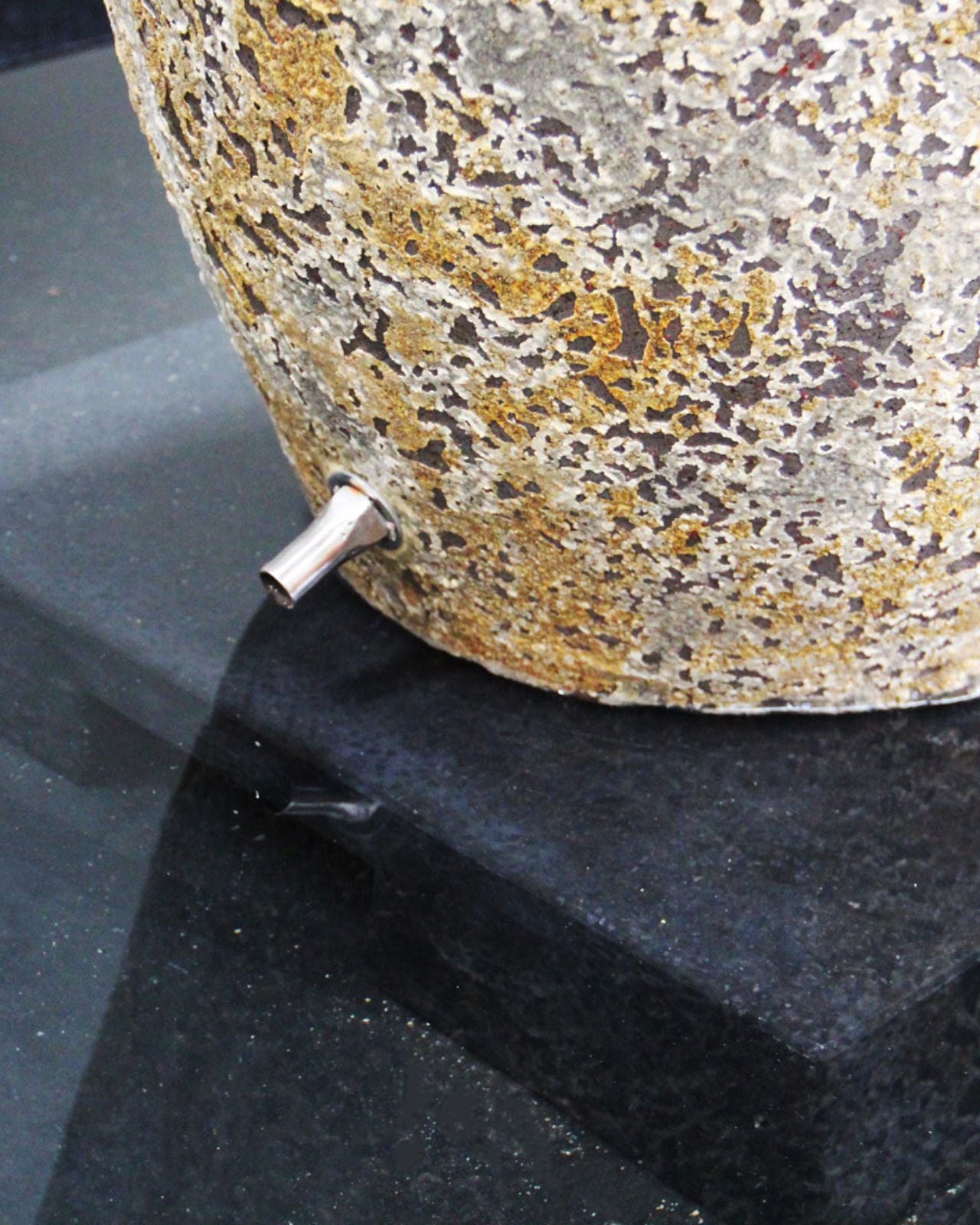



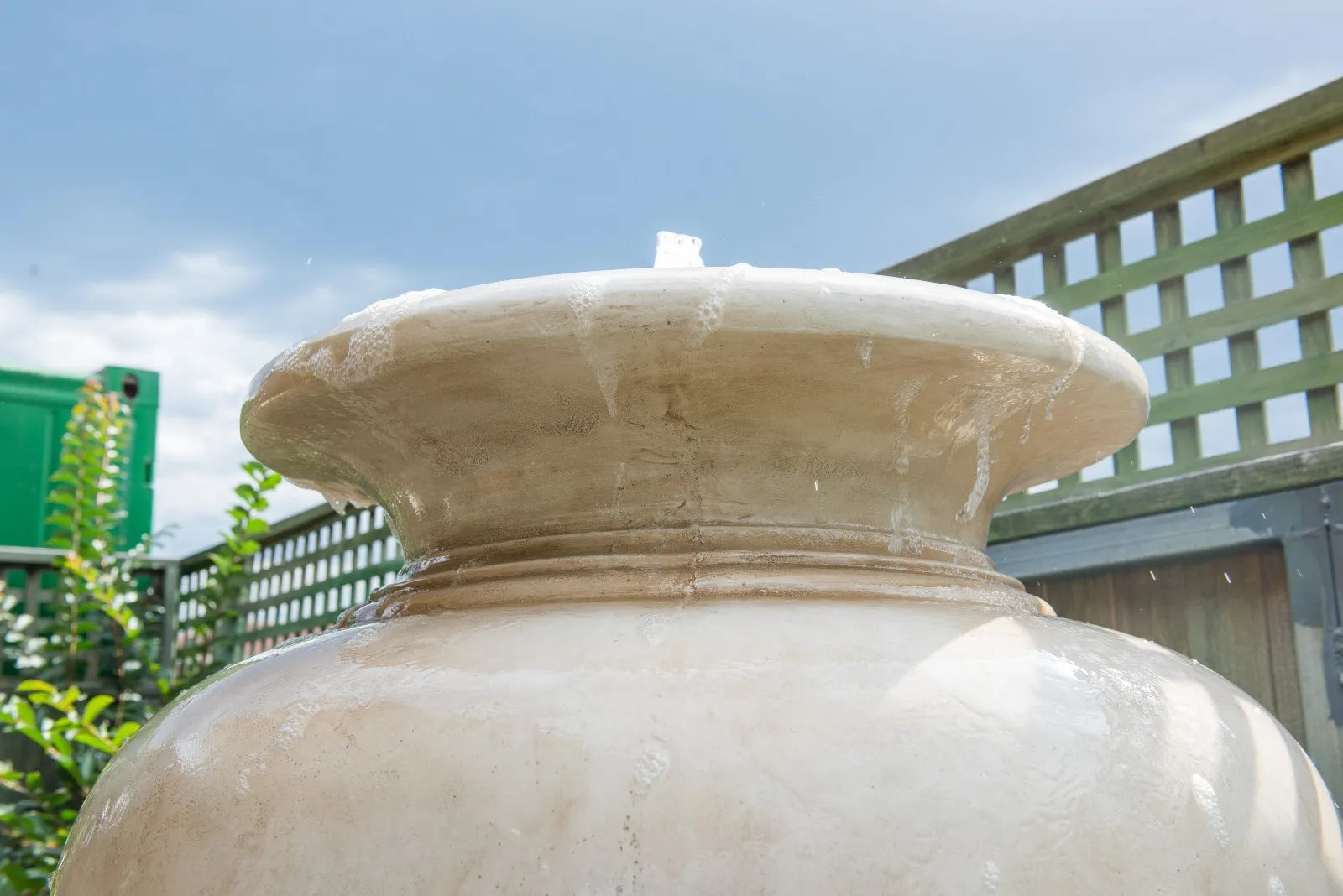




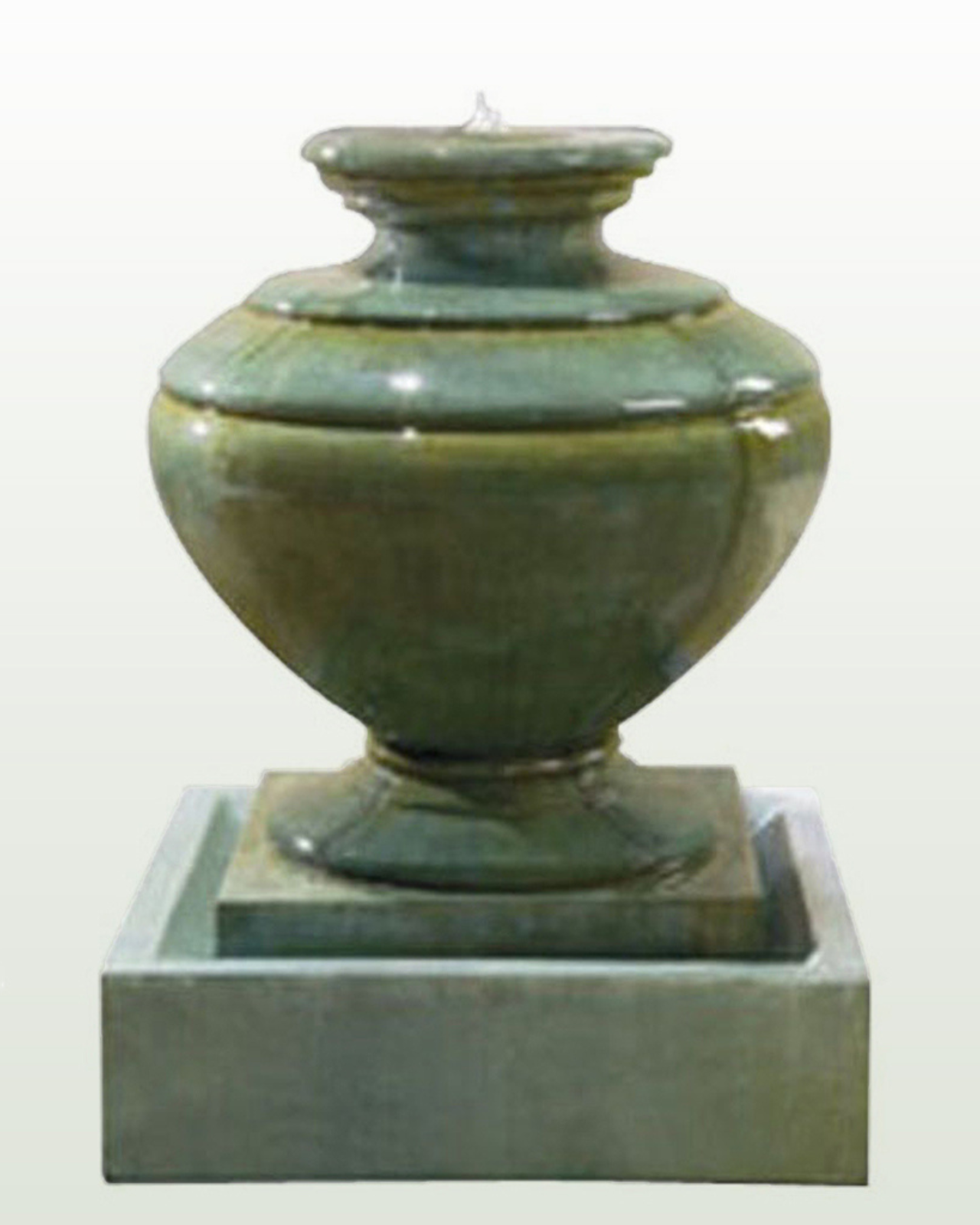

Share:
Why Limestone Makes for Perfect Water Features
Large Outdoor Water Fountains: Transform Your Garden in 2025